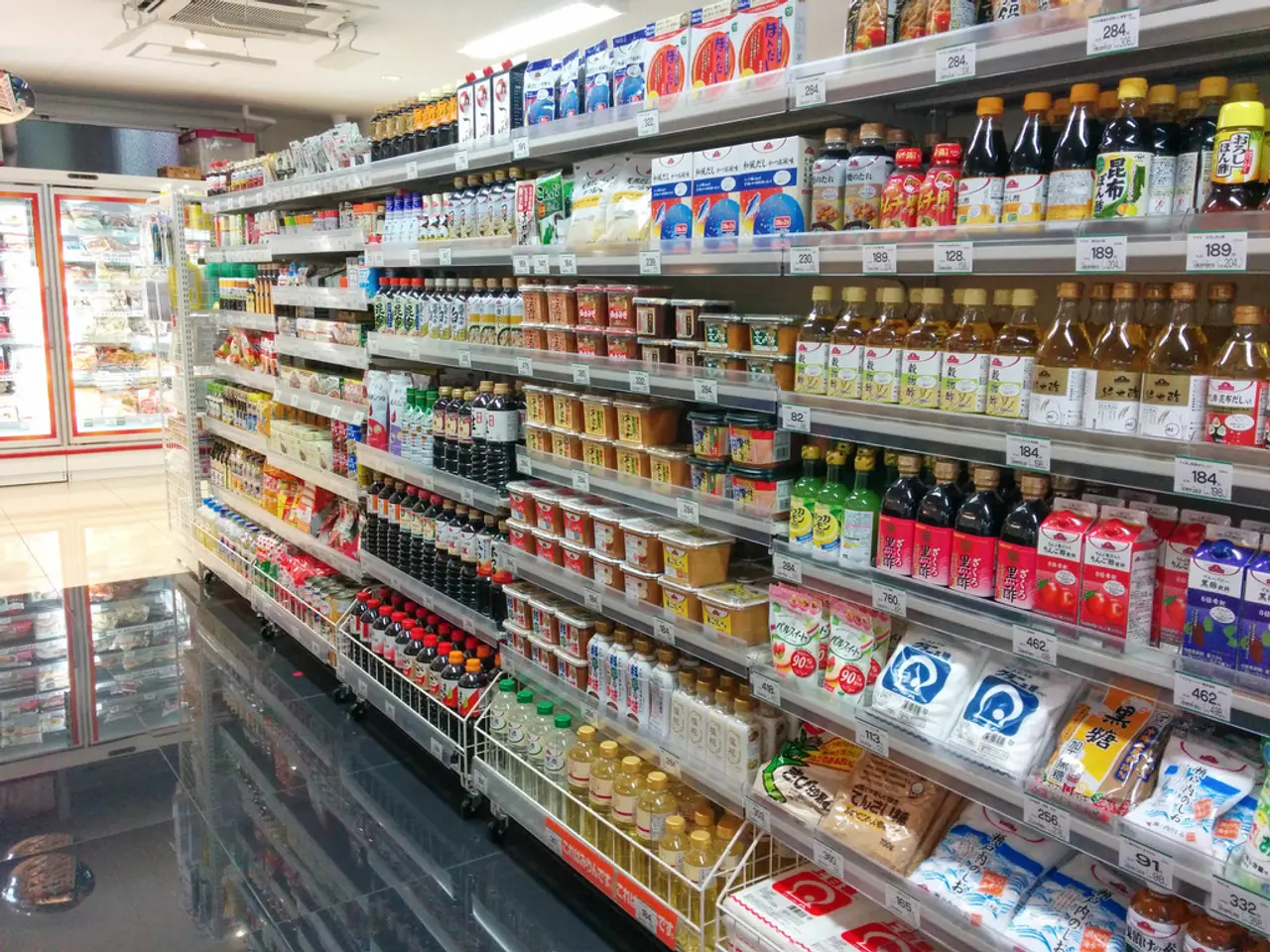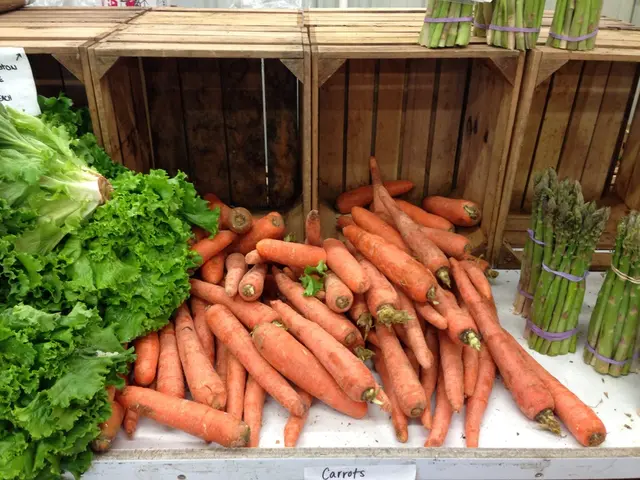In 2011, cotton dominated the global fashion scene.
In the tumultuous year of 2011, the world of fashion saw a significant challenge as cotton prices reached an all-time high. This historic spike affected major global fashion distribution companies, including Marks & Spencer, H&M, and Primark, among others.
The peak in cotton prices, which stood at 229.7 cents per pound, occurred after a rapid rise that started in the summer of 2010 and lasted until March of 2011. During this period, the price of Upland cotton nearly tripled, reaching 104.7 cents per pound by November 2011 - a stark contrast to the price a year earlier.
Marks & Spencer, H&M, and Primark, three of the world's leading fashion retailers, chose to absorb the increased costs rather than passing them on to customers. This decision, while commendable, led to a drop in their financial results. Marks & Spencer experienced an 8.7% drop in its first-half results in November, while Primark, owned by Associated British Foods, also felt the pinch, reporting a drop in its results for the first nine months of the year.
H&M, too, was not immune to the financial setbacks. The company lost 30% of its pre-tax profit in the first quarter of its fiscal year, a significant blow attributed to the absorption of increased raw materials costs into the company's own margin.
The CEO of H&M, Karl-Johan Persson, explained the setback as a result of the high cotton prices and the company's heavy reliance on basic items in its collections, which are particularly susceptible to changes in cotton prices.
The rapid rise and subsequent decline in cotton prices in 2011 were not met with consumer enthusiasm. Consumer apathy during this period prevented retailers from passing on the price increase to the public, further compounding the financial challenges faced by these companies.
Inditex (Zara) and Gap Inc. were also among the global fashion distributors that suffered the most from the rise in cotton prices in 2011.
In an effort to combat the financial impact, these retailers implemented price reduction strategies. Marks & Spencer, for instance, attributed its drop in results to a combination of its price reduction strategy and the increase in raw materials.
Despite the challenges posed by the 2011 cotton price surge, these fashion retailers have demonstrated resilience and adaptability in the face of adversity. As the industry continues to evolve, it will be interesting to see how they navigate future market fluctuations.








